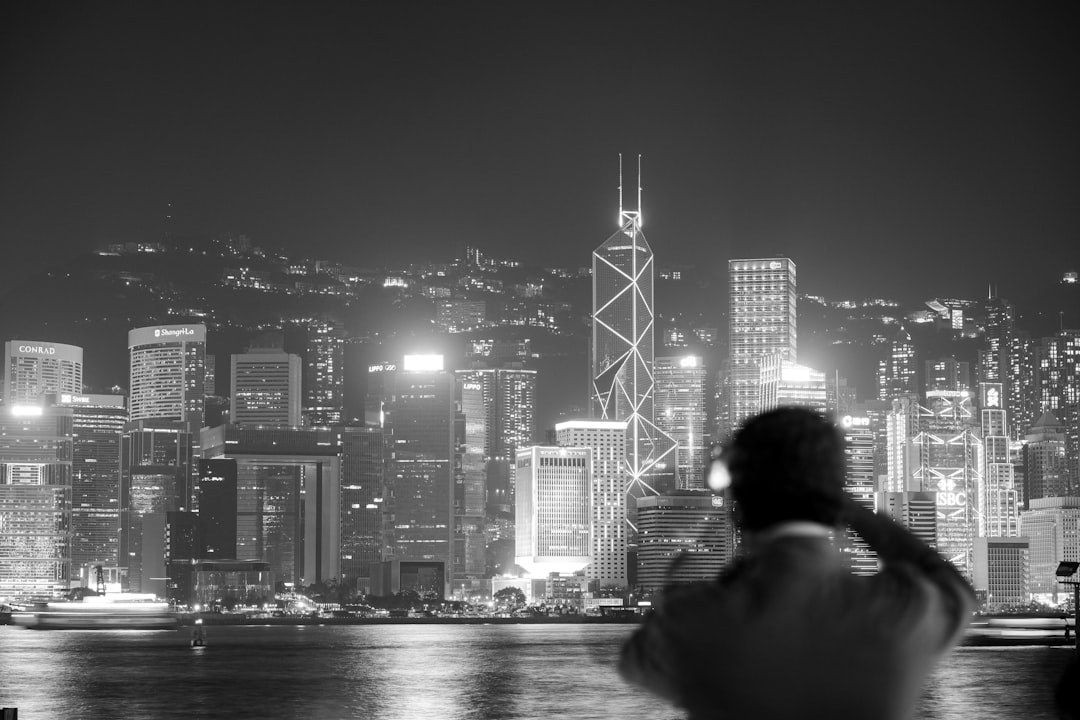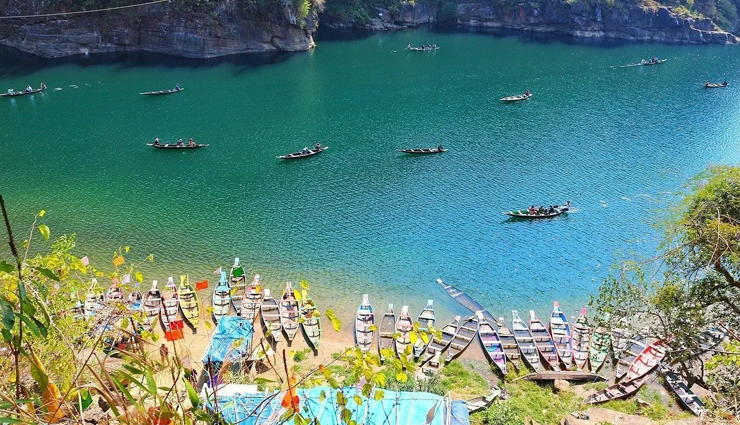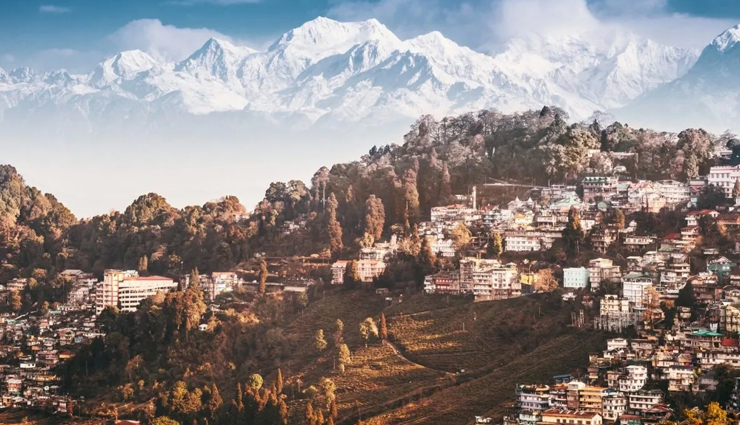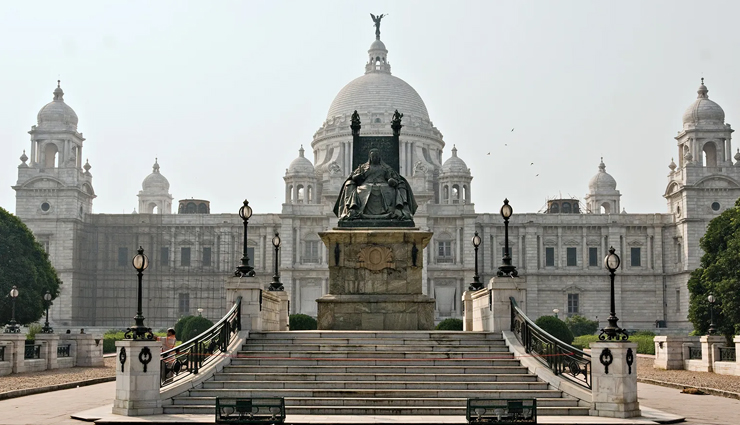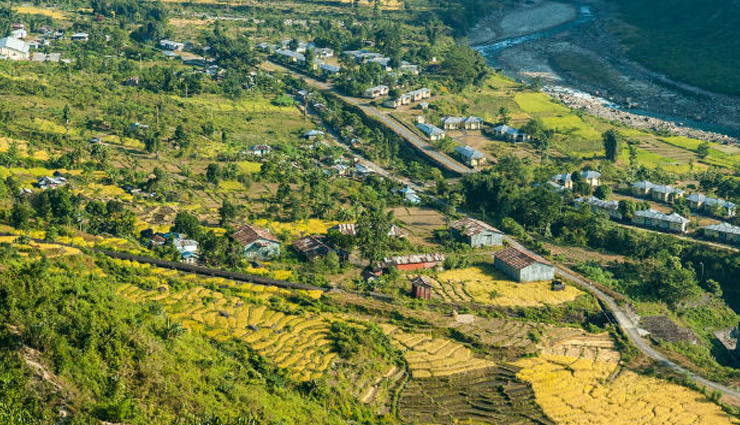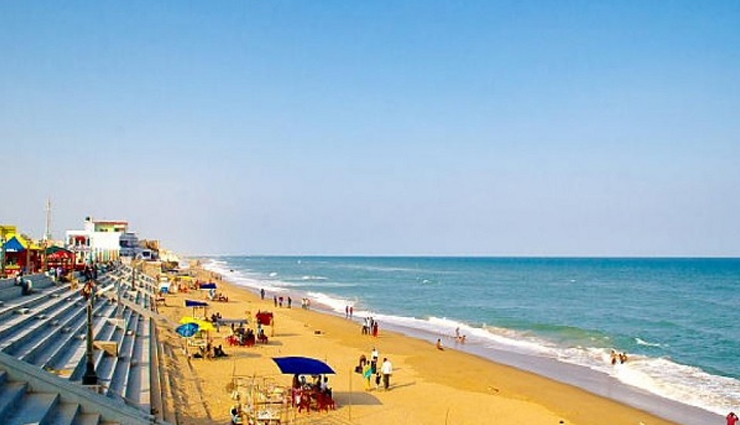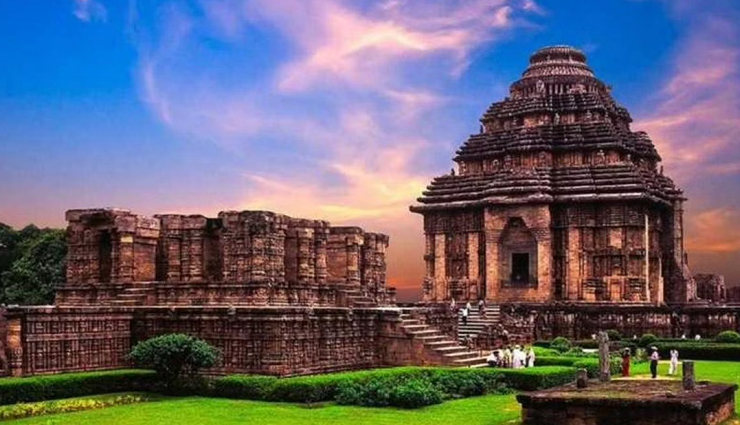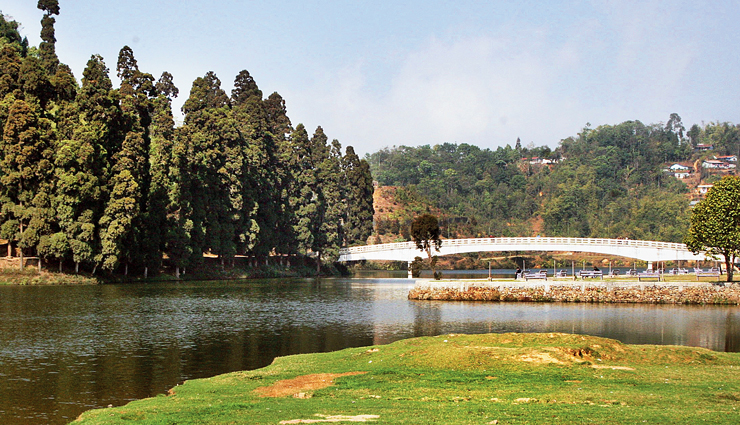If there is one destination that embodies the spirit of Christmas in India with fervour, it is Meghalaya. With a church at every bend and the composition of people dominated by the Christian community, it is no wonder that Christmas is one of the most prominent festivals of the state. Thousands of people travel to the state to be part of the celebrations. On our trip, we did end up navigating through kilometres of traffic jams but nature trumped the show. The crisp clear mountain air, verdant countryside, cascading waterfalls, crystal clear emerald rivers and dramatic cliffs compensated the fatigue of traffic on this five-day trip to the state. Even a week seemed to fall short to cover all the highlights of the state, so we concentrated on some of the most prominent ones like the Nohkalikai Falls, living root bridges, Umngot River, Mawlynnong and of course, Shillong.
Delhi based music band, The Cosmic Truth and I explored the lesser-feted state, on a journey with Maruti Suzuki Alto and Outlook Traveller on the Wheels of Wander journey. Here’s our itinerary that you can grab and go.
Day 1: Guwahati – Shillong – Cherrapunji
Our initial plan was to start at 7:30 am from Guwahati to avoid the holiday rush but when you are traveling with a group it’s hard to stay punctual. An hour’s early morning lazing around costed us 3 hours in the traffic jam at Shillong. The soothing Umiam Lake (Bada Pani) came to the rescue. Standing at the edge of the road overlooking the sprawling lake helped set the tone for the days to follow. A quintessential Maggi and chai break always helps ease the pressure.

Hitting the plains from Shillong to Guwahati and crossing fields and small hamlets
Around 2 pm, we reached Mawkdok Dympep Valley, a well-know spot for zip lining. At a dizzying height of 1200 feet, this is one of the highest zip lining venues in India. The line stretches from one edge of the mountain to another escarpment on the other side. With treetops under your feet, knees shaking, we took to the ropes and swooshed down the valley, emerging more confident on the other side. It was fascinating to see the fiery sun plummet behind stacks of mountains while we wrapped up the zip lining experience.
We wheeled into Cherrapunji late for hill-station standards and were warmly welcomed in our homestay.

Zipling at the dizzying height of 1200 feet of the Mawkdok Dympep Valley - one of the highest in India
Day 2: Cherrapunji - Nohkalikai Waterfall - Arwah-Lumshynna caves - Shnongpdeng
On the day, the Nohkalikai Waterfall was first on the list of sights to see. This is the highest plunge waterfall in India at 1115 feet. It tumbles down a large bed of rocks, frothing and leaping furiously down to a pool, leaving a haze of mist. This is likely to be the centre point of your travel to Cherrapunji, but there is more to explore, so remember to tear yourself in time. We spent over an hour at the edge, jaws dropped to the floor till someone reminded us that there was more to cover on this day.

Nohkalikai Waterfall in Cherrapunjee – the highest plunge waterfall in India at 1115 feet.
Next, we wended down to the Arwah-Lumshynna caves in Cherrapunji. The scenic walk from the parking to the Arwah-Lumshynna cave system, with a view of plunging valley on the right, was a staggering sight to behold. Inside the caves, the stalagmites and stalactites drooped from the roof of the caves. The guide mentioned that we were in the presence of fossils that had survived for thirty million years. Watches egging us to hurry up, we were back in the car and off to Shnongpdeng addressed at the edge of Umngot River. We wended our way along the Bangladesh border and flopped on the soft sand with the sound of the river as a constant backdrop.
It was Christmas Eve a campfire celebration was on the cards. An evening of music and barbecue under a sky full of billion stars was the perfect way to celebrate.

Nothing like ending a day by the bonfire, with a song
Day 3: Kayaking at Umngot River - Bangladesh Border – Mawlynnong - Shillong
As the sun came up, we could finally ascertain the fame of the crystal clear Umngot River. The river is so clean that one can see the riverbed with naked eyes and it seems that the slim local boats are floating mid-air on the surface – a photograph that has repeatedly cemented the destination’s allure on the Internet in the last few years.
Bright red kayaks bobbed in the water in front of our camp, so there was only one thing to do – jump in it and paddle along the river. Chin to the neck, peeping over the edge of the kayak, I could see the base of the river clearly. With the light refracting perfectly, it looked as if the watery stretch was bright turquoise. Furious camera shutters were capturing the scene. Understandably, it was impossible for anyone to resist taking photographs of this unique river.

Kayaking in the crystal clear waters of the Umngot River
Riverside fun over, we headed to the famous Living Roots Bridge of Meghalaya en-route Bangladesh border at Dawki. Almost two hours of driving and a few hundred steps down, the living root bridge of Rwai emerged. This intricate network of roots is built over decades by the village elders and is said to have a life span of over 500 years. After marvelling the genius work of the locals, we started walking towards the Maw Ryngkew Sharatia or the ‘balancing rock’ located just before Mawlynnong village. It embodies a strange natural phenomenon of a boulder precariously balancing on another rock.

Browns to aqua blue – the visual delight of seeing the starkly different colours of Umngot River
It was a short drive to Mawlynnong from here. The village’s reputation precedes it. After all, it is Asia’s cleanest village. It was a treat to walk into the trash-less and well-manicured streets of this tiny village that is now world famous for cleanliness. It truly is God’s Own Garden.
Day 4: Celebrating Christmas in the music capital of India - Shillong
Braving the crowds, we inched towards Police Bazaar in the centre of Shillong. As expected, the city looked like a bride on Christmas Day. Bright lights hung from every window and wall, and decked up trees stood at short intervals, under the weight of decorations. The local people had taken to the streets for food, music and the lit up buildings. Impromptu Christmas carols were being sung and there was an air of celebration around. We settled into a brightly lit café to end the long day. It was a memorable Christmas spent mostly on wheels and the evening in the company of music and a typical Shillong vibe.

The Cosmic Truth, on Christmas, in the music capital of India
Day 5: Soaking in the countryside of Meghalaya
We decided to take things little slow on the last day of our trip. With no concrete agenda, we drove along the lush countryside from Shillong. The eventual stop was Guwahati, but we veered off the highway into unassuming villages

Mawkdok Dympep Valley; home to zip-ling action in Meghalaya
Tea and pineapple plantations covered entire hillsides, playing host to a number of birds. We took a short impromptu break to enjoy the fresh-from-the-farm fruits and vegetables being sold in a roadside market. Ample for the eyes and the soul, we ended the trip in Guwahati in the evening.

The sprawling Umiam Lake (Bada Paani), 15 km before entering Shillong from Guwahati












